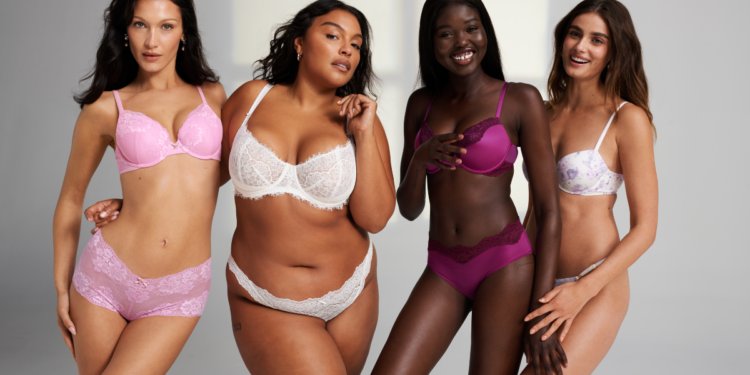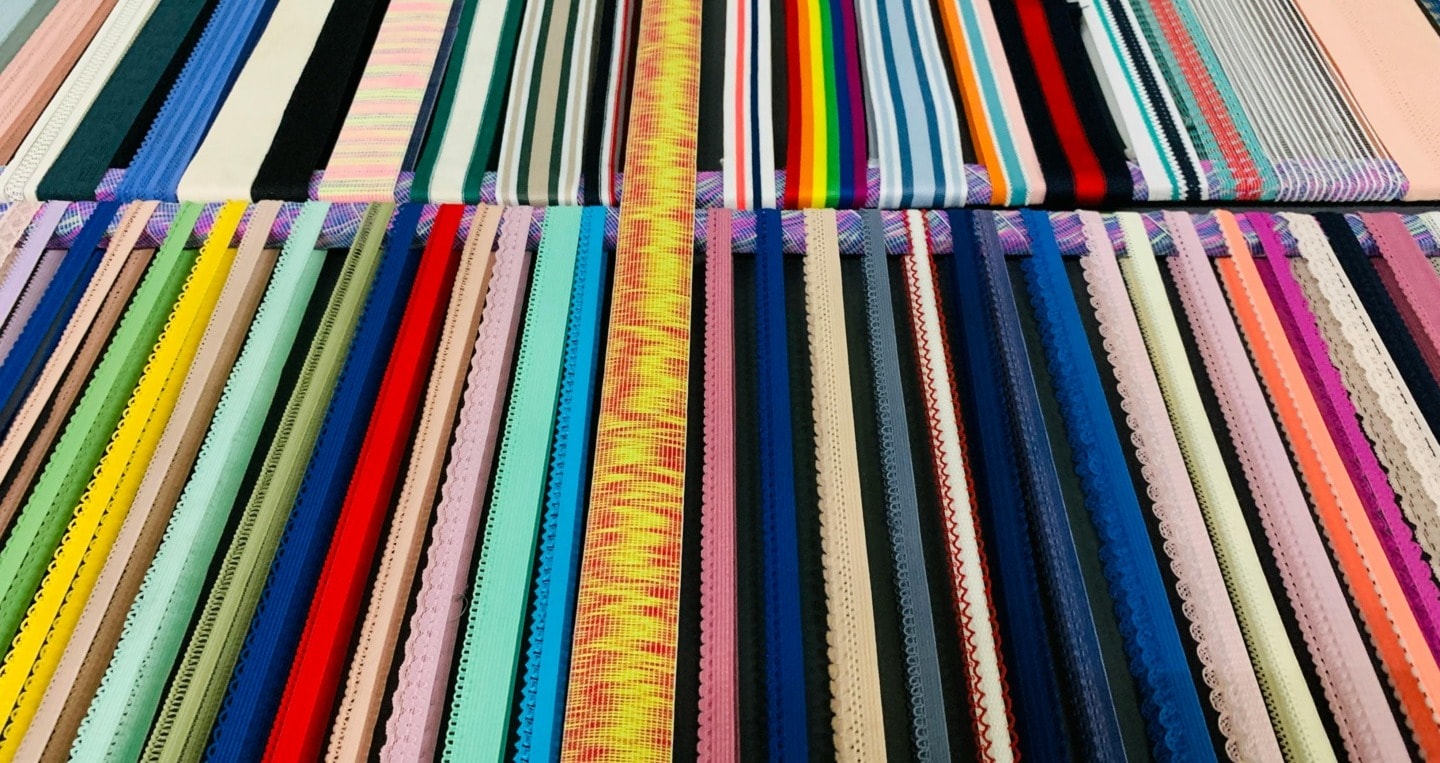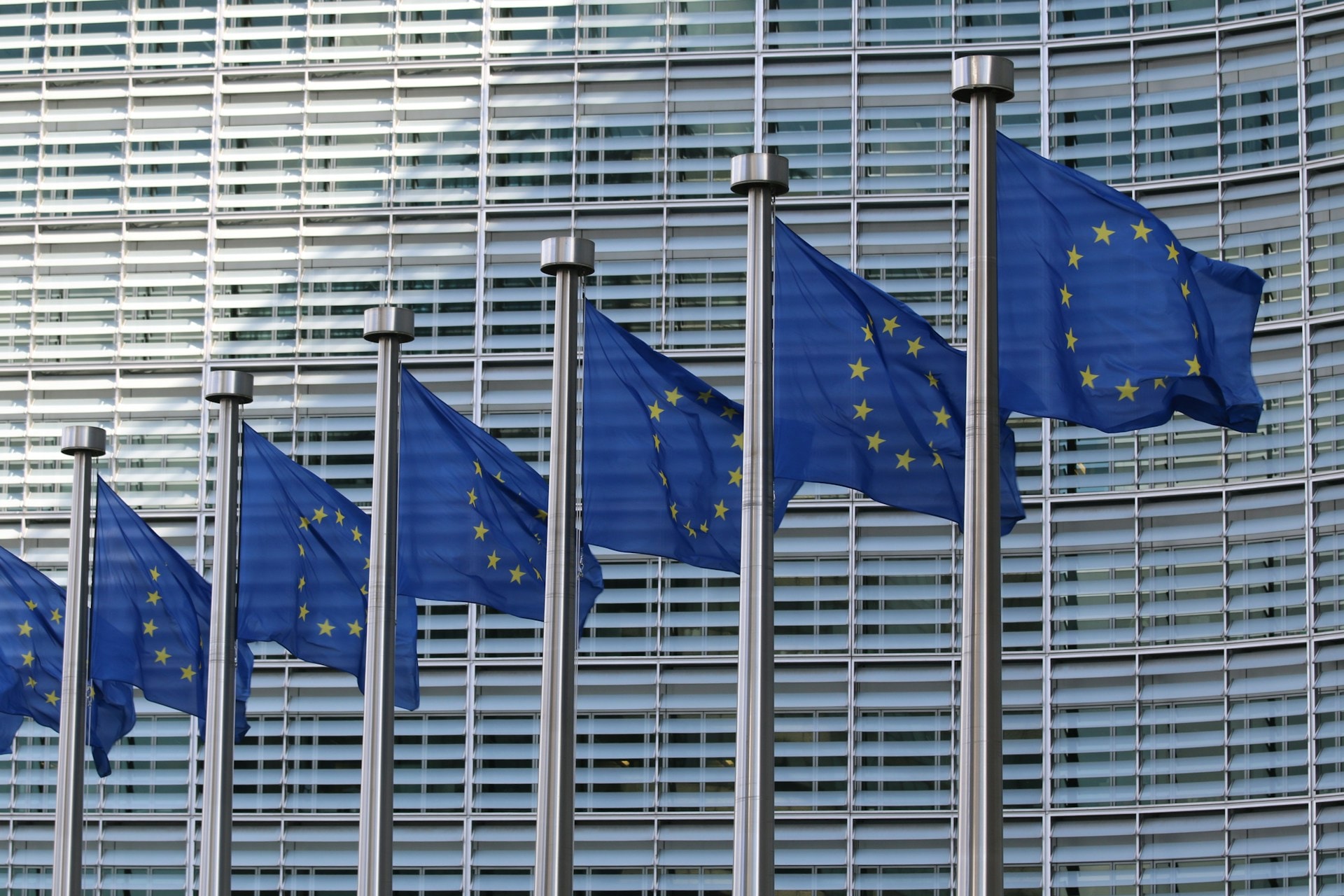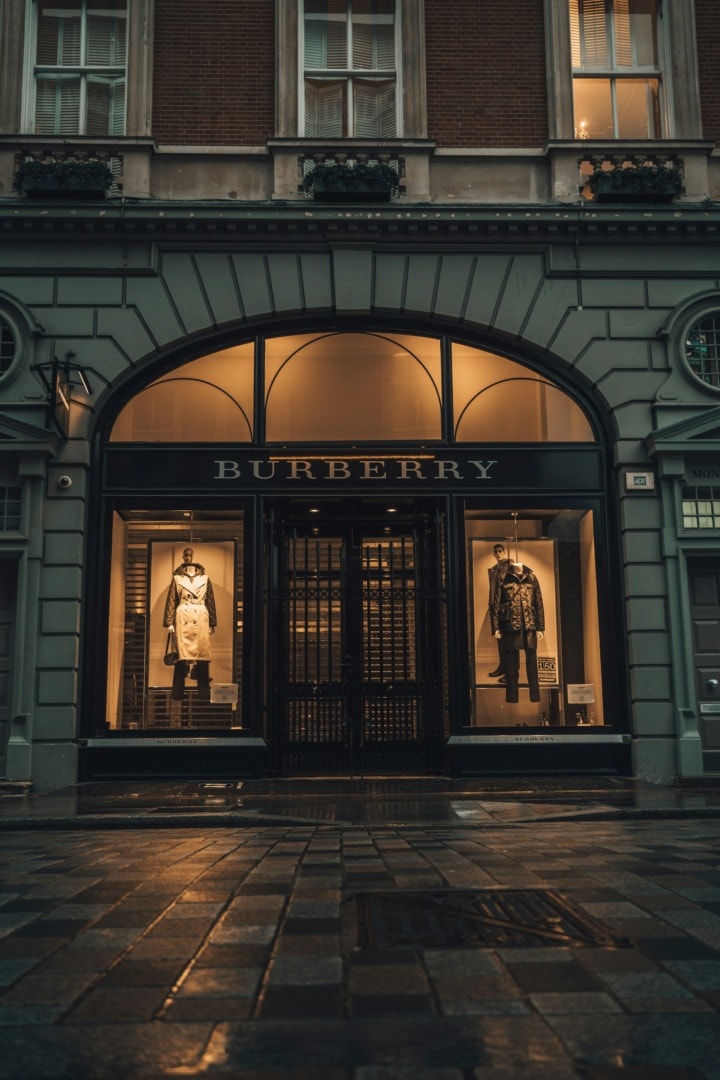Victoria’s Secret, once an unrivaled powerhouse in the lingerie industry, is staging a remarkable comeback. Decades of dominance were marked by the iconic Victoria’s Secret Fashion Show, a spectacular event graced by supermodels like Gisele Bündchen, Heidi Klum, and Tyra Banks. This annual extravaganza drew millions of fashion and entertainment enthusiasts, but as time passed, it faced mounting criticism and controversy.
After a four-year hiatus, the lingerie giant is aiming to redefine itself and capture the hearts of a new generation. The comeback show, titled Victoria’s Secret World Tour, will be presented as a feature-length film, a departure from its previous television format. It promises to unite fashion, film, art, and culture, featuring global creatives, musical talent, and more.
Victoria’s Secret’s Decline and Hiatus
What was once an eagerly anticipated show, which captivated audiences worldwide, began its decline in the late 2010s. Victoria’s Secret faced growing scrutiny for its failure to evolve beyond showcasing almost exclusively thin white supermodels on its runway. Some critics argued that the then-renowned lingerie retailer clung to outdated and unrealistic beauty standards, which no longer resonated with the diverse and inclusive demands of the modern era.
Former angel Rosie Huntington-Whiteley, who left Victoria’s Secret’s catwalk eight years before the criticism began, remarked:
“I do feel Victoria’s Secret really missed the boat with broadening themselves out in the past few years and really listening to the cultural shift of what people are looking for from their brand.”
But the controversy didn’t stop there. Revelations about the brand’s then-CEO Leslie Wexner’s ties to convicted sex offender Jeffrey Epstein tarnished Victoria’s Secret’s reputation. Moreover, a New York Times article accused Ed Razek, Chief Marketing Officer at Victoria’s Secret’s parent company, L Brands, of sexual harassment and misogyny. As cultural values evolved and movements like #MeToo gained momentum, calls for a change in the brand’s approach grew louder.
Amidst this turmoil, ratings and sales plummeted, leading to the cancellation of the annual Angels fashion show in November 2019.
A New Era of Lingerie Brands
With Victoria’s Secret’s fall from grace, a new wave of brands emerged. Companies like Third Love, Cuup, Savage by Fenty, and Playful Promises seized market share by addressing what Victoria’s Secret had long ignored: the diverse needs and desires of women regarding lingerie. These companies started offering a wide range of sizes and showcasing inclusive representations in their imagery. Rihanna’s Fenty, in particular, disrupted the lingerie market, being hailed as “everything Victoria’s Secret wishes it could be.”
Related articles: Beyoncé’s Call for Silver Outfits: A New Unsustainable Fashion Trend? | Shein and Forever 21 Merger: Fast Fashion’s Troubling Tango | Battle of the Vegan Skincare Brands: Pai Skincare vs. Biossance | 3 Companies Leading the Way in Circular Fashion
Rebranding: Victoria’s Secret Collective
In 2021, Victoria’s Secret embarked on a major rebranding effort with the introduction of the Victoria’s Secret Collective. This initiative aimed to redefine the brand’s image and values. Replacing the traditional Victoria’s Secret Angels, the VS Collective presents a diverse assembly of women celebrated for their achievements and influential voices. The collective included notable figures such as Bella Hadid, Megan Rapinoe, Naomi Osaka, and others.
The transformation also extended to the very core of the company itself. As part of this comprehensive makeover, Victoria’s Secret emerged as “Victoria’s Secret & Co.” Notably, six out of seven board members will be women, signaling a shift towards female leadership within the organization.
Criticisms and Challenges for Victoria’s Secret
Victoria’s Secret’s return to the fashion show scene has been met with a mix of anticipation and skepticism. Critics question how genuine its efforts to become more inclusive are. Now a shapewear line-owner herself, Lizzo questioned the motivations behind Victoria’s Secret’s long-awaited transformation in one of her tweets back in March 2023. The singer challenged the brand’s stance, saying it is merely a response to public backlash:
https://twitter.com/i/status/1632356637896765441
Some have also noted similarities between the show’s set and Rihanna’s 2019 Savage X Fenty show. President Gregory Unis defended the choice but many accused the brand of copycat.
Financial Turnaround and Strategic Partnerships
Despite challenges, Victoria’s Secret’s rebranding has already shown promise. Over the past two quarters, there has been a notable improvement in the company’s financial results, positively impacting employee morale within the organization. Additionally, the brand’s comeback runway will prove to be a pathway for sales too. In a strategic partnership with Amazon, viewers will be able to shop the Victoria’s Secret-designed collection while enjoying the show. It’s a smart move to enhance engagement and broaden the brand’s reach.
With a staggering 1,460 owned or partner-operated stores and $11.8 billion in revenues in 2020 (8.3 percent down from the previous year), Victoria’s Secret’s dominance in the American lingerie industry cannot be overstated. While its comeback may not threaten smaller players in the industry, the brand’s actions are certainly top-of-mind.
The eagerly awaited comeback fashion spectacle is scheduled for September 26th, available to viewers via Amazon Prime. As anticipation grows and debates continue about Victoria’s Secret’s return, one thing is certain: the fashion world will be watching closely as the brand embarks on a new chapter.
Editor’s Note: The opinions expressed here by the authors are their own, not those of Impakter.com — In the Featured Photo: Victoria’s Secret campaign. Featured Photo Credit: VS Pressroom.














